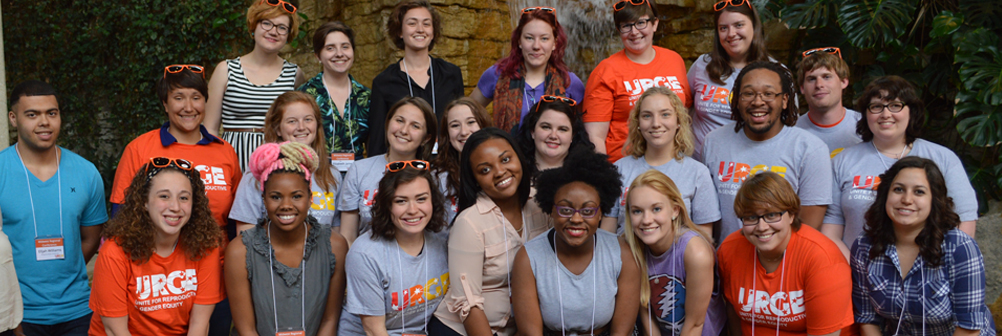Domestic Violence & LGBTQ History Month: 5 Uncomfortable Truths

Posted by Nick
October 4, 2013
Who hasn’t seen the “Don’t Be That Guy” posters around campus? My personal favorite features two males in the poster highlighting the intersectionality of domestic violence and queer relationships. Domestic violence and LGBQT visibility are both serious issues, but when looking at the intersection, the result can be quite damning. In honor of Domestic Violence Awareness and LGBTQ history month, the taboo topic of domestic violence in queer relationships has to be addressed. Surprisingly, the American Bar Association Journal cites that “the prevalence of domestic violence among Gay and Lesbian couples is approximately 25-33%” which is pretty similar to heterosexual couples.
However, in LGBTQ relationships, the conditions can be much more complex:
- Nobody talks about it! The statistics for reports of abuse in any relationship are extremely low, but the visibility for LGBTQ couples is even lower.
- Abusers use the threat of “outing” them to their family, friends, etc. They can use this as a control tactic to prevent their partner from leaving or reporting them. It is a form of psychological abuse as well.
- They might not be taken seriously for reporting it. Many LGBTQ partners fear they will be discriminated against and some states even exclusively define “domestic violence” as only heterosexual couples. LGBT individuals lack the protections to feel safe enough to even report their abusers.
- The heterosexism and gender binaries attached to domestic violence complicate the situation. Some LGBT relationships have partners still perform a heteronormative gender role. Couples might act out as “aggressive males” and “passive females.” There are a lot of terms like femme, masc., the top/bottom dichotomy, passive/aggressive that get thrown around and perpetuate a narrative that erases the LGBTQ perspective.
- The abuser does not have to be man, and the victim does not have to be woman.
The reproductive justice movement directly challenges these pillars of violence. Many issues like comprehensive sex education, healthy sex positivity, challenging gender roles that police bodies, and looking to healthy masculinity/femininity can all help drastically reduce cases of queer domestic violence. These all deal with an individual’s right to have healthy consensual sex regardless of gender or orientation. And you know—that’s a sexy thing!
Leave a Reply
You must be logged in to post a comment.

